-
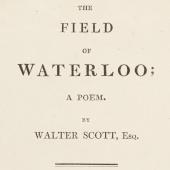
The field of Waterloo (1)
-
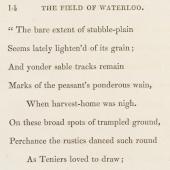
The field of Waterloo (2)
-

Jean Baptiste Decoster
-
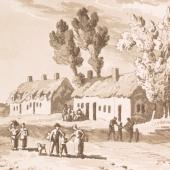
Sketches in Flanders and Holland
-
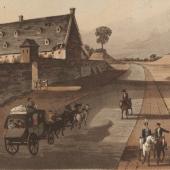
La Haye Sainte
-
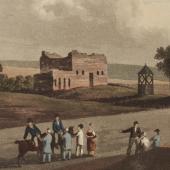
La Belle Alliance
-
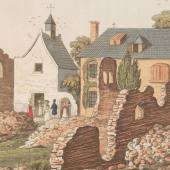
A visit to Hougoumont
-
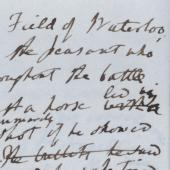
Jane Gamble (1)
-
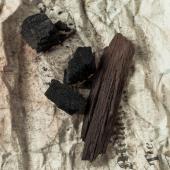
Jane Gamble (2)
-
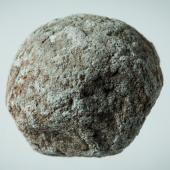
Jane Gamble (3)
-
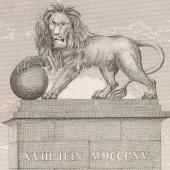
Lion de Waterloo
-
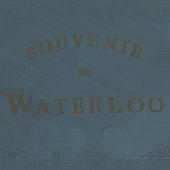
Souvenir de Waterloo (1)
-
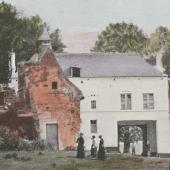
Souvenir de Waterloo (2)
-
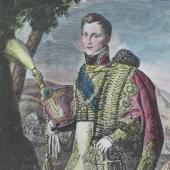
Souvenir de Waterloo (3)
‘An eye-witness of the very spot’: Waterloo’s tourists
A damned serious business
We stood upon grass, and corn fields where heaps of our countrymen lay buried beneath our feet. There was little to be seen; but much to be felt; — sorrow and sadness, and even something like horror breathed out of the ground as we stood upon it!
(Dorothy Wordsworth at Waterloo, 1820)
Waterloo was a visitor attraction even while the fighting was taking place: an early account records the fate of two civilians ‘anxious to see the battle from a point which seemed to promise safety’ but who were ‘killed by random shot’. Given the widespread fascination with the battle, and the site’s relative proximity to Britain and the established expatriate community in Brussels, Waterloo soon became a fashionable destination for travellers. Early excursionists found a grim scene: even a year after the battle, one reported seeing a grave mound from which ‘the lower extremity of a human body’ protruded, and ‘a long deep stain of blood’ on a stuccoed wall at Hougoumont. Walter Scott, Robert Southey and William and Dorothy Wordsworth were among the visitors, and King George IV himself came soon after his coronation in 1821. Many tourists collected mementos of the battle, and some local residents did a brisk trade in real or supposed militaria. The site remains a popular tourist destination today.